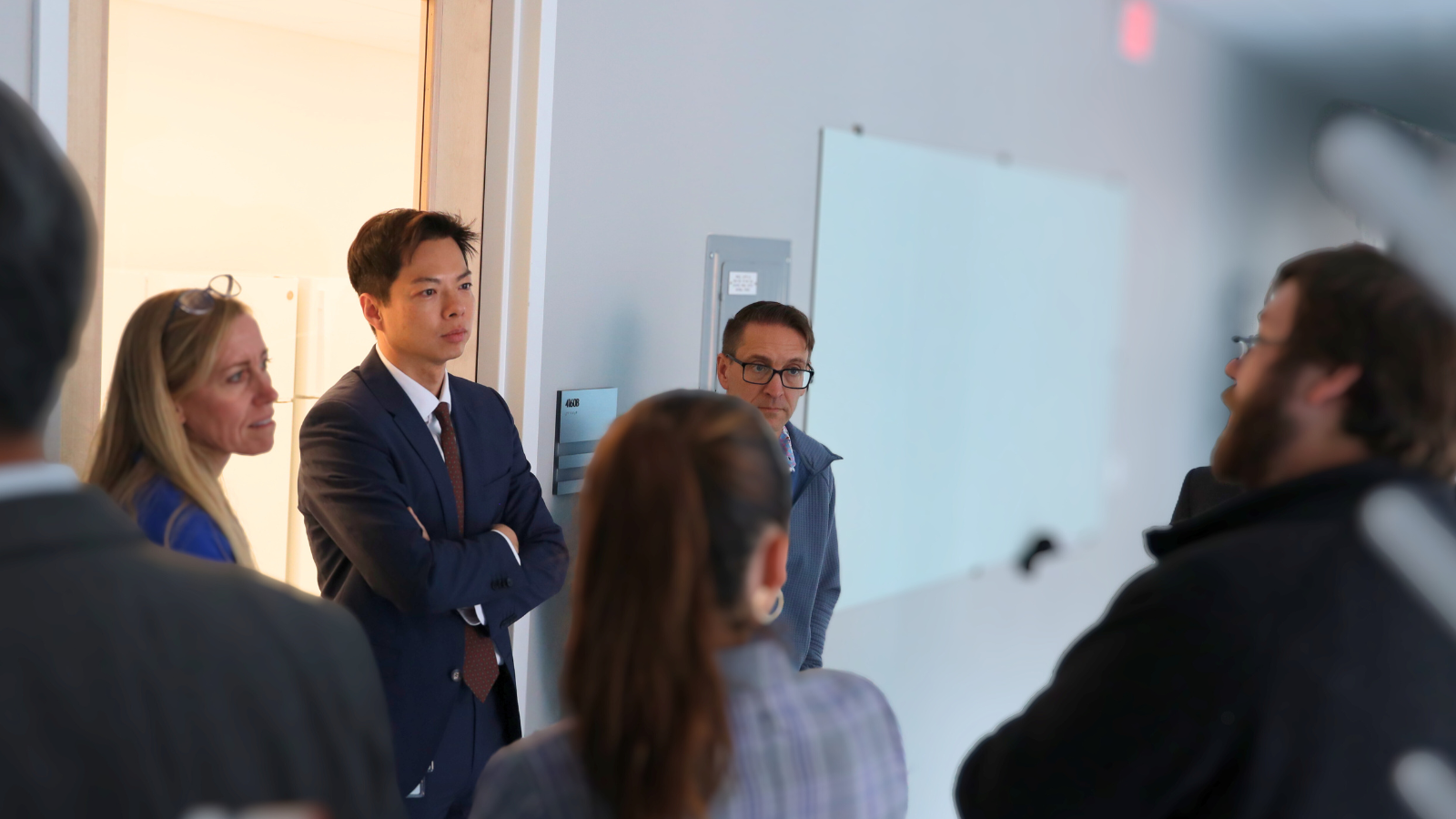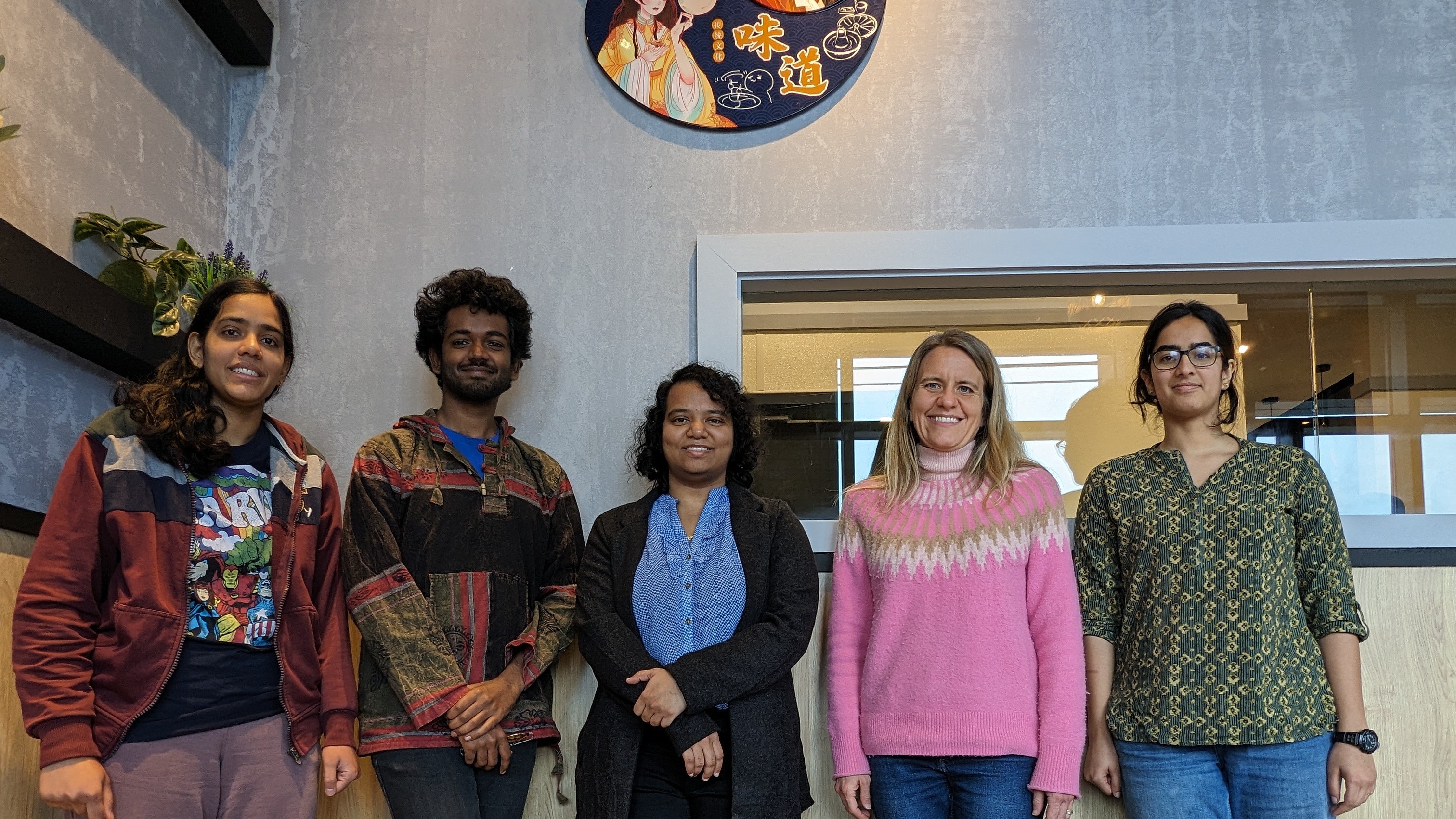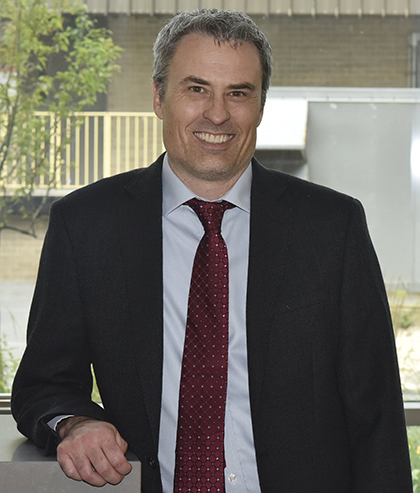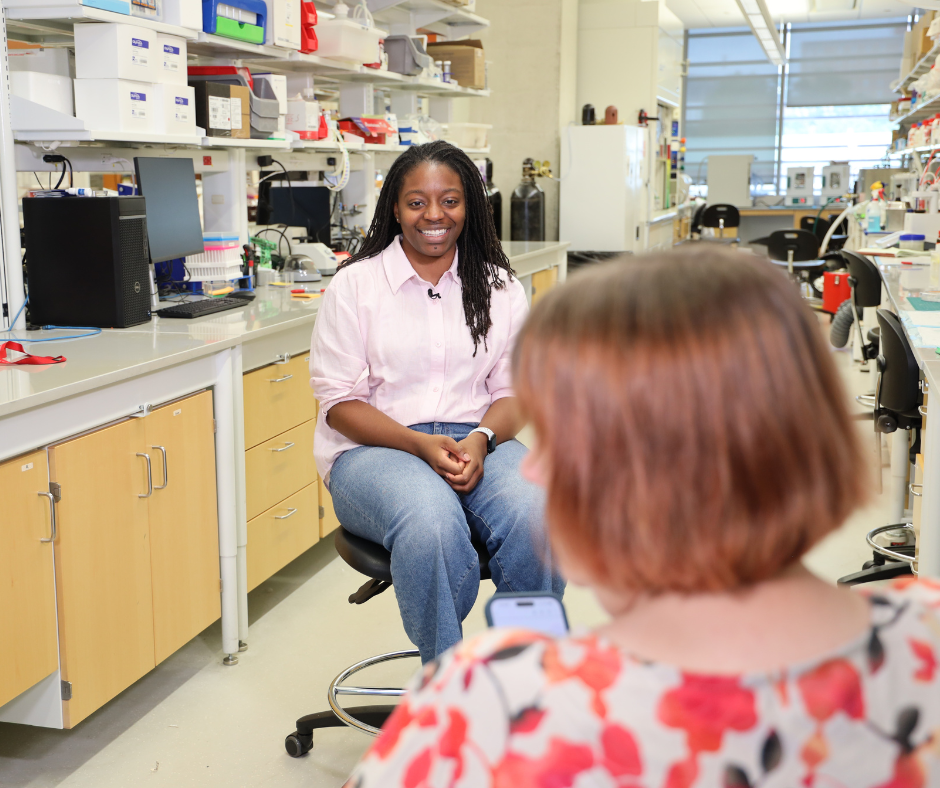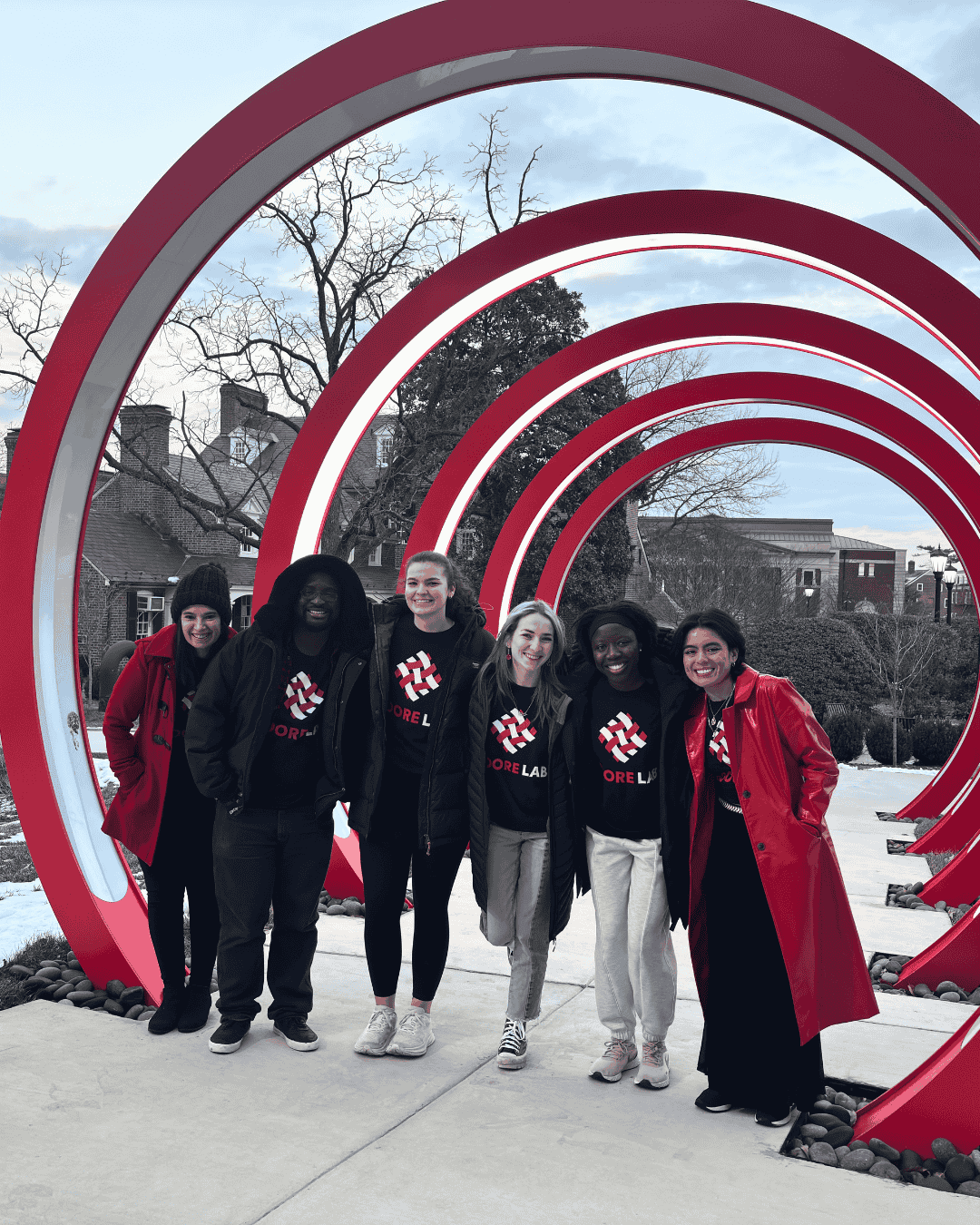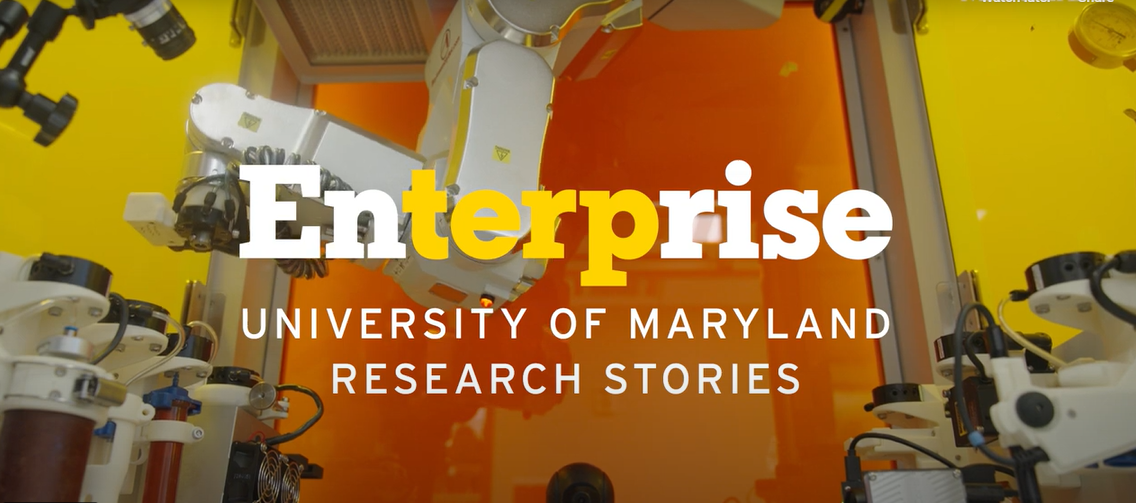News Story
"This Is Where It's At"
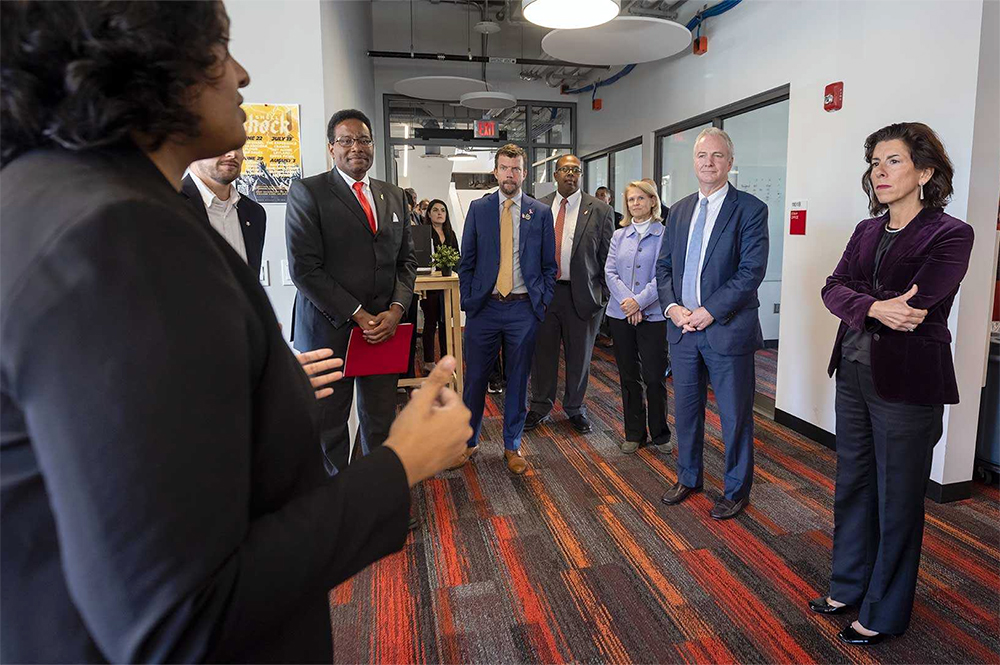
U.S. Secretary of Commerce Gina Raimondo listens to students in the IDEA Factory's Startup Shell during a tour of campus innovation spaces to highlight the need for domestic electronics manufacturing. Photo by Stephanie S. Cordle.
By Liam Farrell. This story first appeared in Maryland Today.
Just days after Secretary of the Navy Carlos Del Toro toured the new Southern Maryland Autonomous Research and Technology (SMART) Building at the University System of Maryland at Southern Maryland and FCC Commissioner Nathan Simington visited the 5G Secure Test Bed at the University of Maryland’s College Park campus, one of the nation’s top economic officials came to UMD with a simple message for students, faculty, and staff working on next-generation electronics:
Your country needs you.
“America’s national security, our ability to be safe depends on what you are doing right here … as does our economic security,” said U.S. Secretary of Commerce Gina Raimondo. “All of that starts right here. This is where it’s at.”
Raimondo was joined by University President Darryll J. Pines, U.S. Sen. Chris Van Hollen of Maryland, College Park Mayor Patrick Wojahn, Senior Vice President and Provost Jennifer King Rice, and A. James Clark School of Engineering Dean Samuel Graham, Jr., on a tour of campus research and development spaces prior to a roundtable discussion on how to improve domestic technological capacity and production.
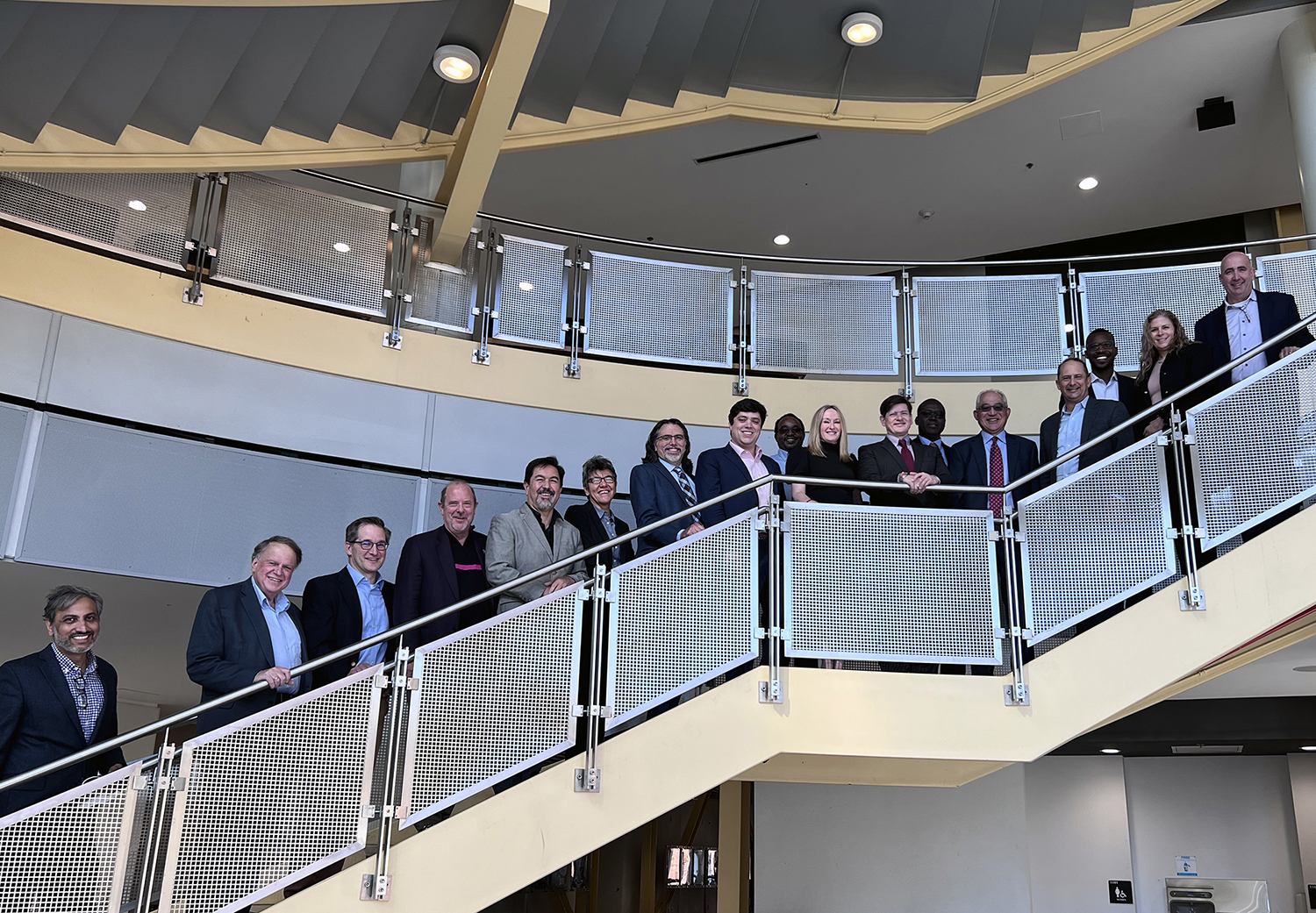
The group stopped at the NanoCenter FabLab in the Jeong H. Kim Engineering Building, which supports work in nanoscience and technology, including semiconductors; and the Startup Shell, a student-run entrepreneurship and business accelerator, in the new IDEA Factory.
“This is a place where innovation happens at the cutting edge,” Van Hollen said. “We need to be the global leaders in this space.”
The event highlighted the potential impact of the $52 billion CHIPS and Science Act passed by Congress and signed by President Joe Biden in the summer to invest in America’s semiconductor industry and address a global microchip shortage. Semiconductors have been in short supply during the COVID-19 pandemic due to factory shutdowns and global supply chain disruptions, stressing the ability of consumer electronics and car manufacturers to anticipate or keep up with demand.
More federal officials come to Maryland Engineering:
On Oct. 20, FCC Commissioner Nathan Simington visited the 5G Secure Test Bed housed at Maryland’s College Park campus (pictured above). On Oct. 25, Secretary of the Navy Carlos Del Toro toured the new Southern Maryland Autonomous Research and Technology (SMART) Building at the University System of Maryland at Southern Maryland (pictured below).
The bill aims to exponentially increase high-tech research through federal agencies such as the National Science Foundation, Department of Energy, Department of Defense, and National Institute of Standards and Technology, as well as create a public-private National Semiconductor Technology Center and National Advanced Packaging Manufacturing Program.
The federal legislation also appropriated $11 billion over five years to create regional technology and innovation hubs in partnership with local and state governments, universities, industry groups, and labor organizations to promote workforce, entrepreneurship, technology, and infrastructure development.
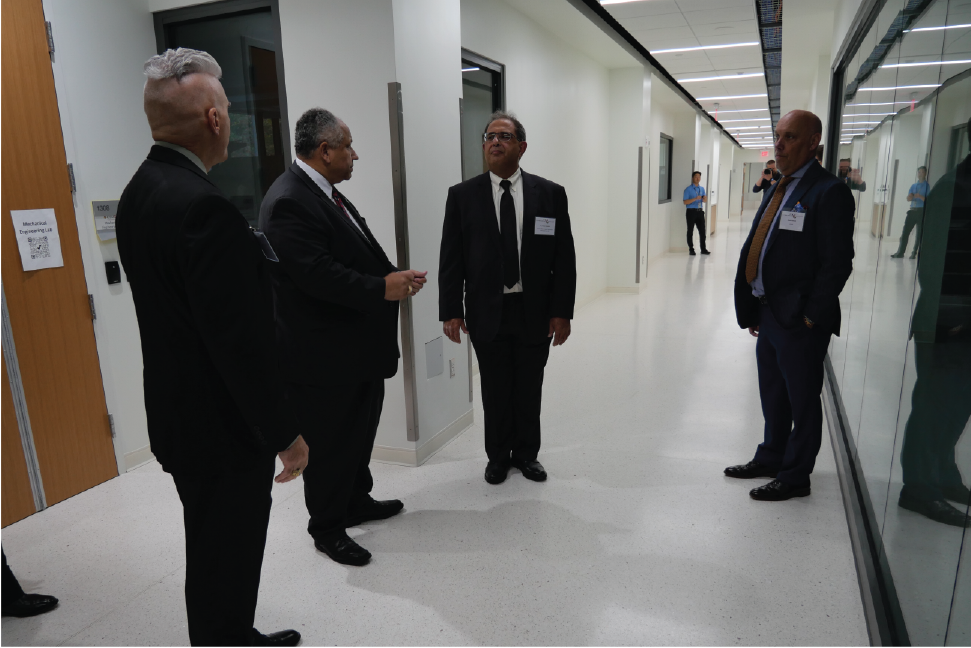
Raimondo said UMD and other higher education institutions are at the nexus of bringing together government and private industry investment to not only develop new technology, but also train the future engineers and scientists needed to make those advancements happen.
“Universities solve both of those problems,” she said.
During the roundtable, Pines said professors and administrators can increase the number and diversity of students in the STEM pipeline by continuing to come up with new engagement strategies and showing how those disciplines connect to grand challenges such as climate change.
“You have to change the way you teach and what the focus should be,” he said.
Katie Ruland, a graduate student studying microelectronics design, told Raimondo that her hands-on experiences and opportunities to make devices in UMD classrooms and labs are what drew her into the field—and will keep her there.
“The types of problems we can solve with devices of that size and power are incredible,” she said. “The University of Maryland made it really accessible.”
Published October 27, 2022
